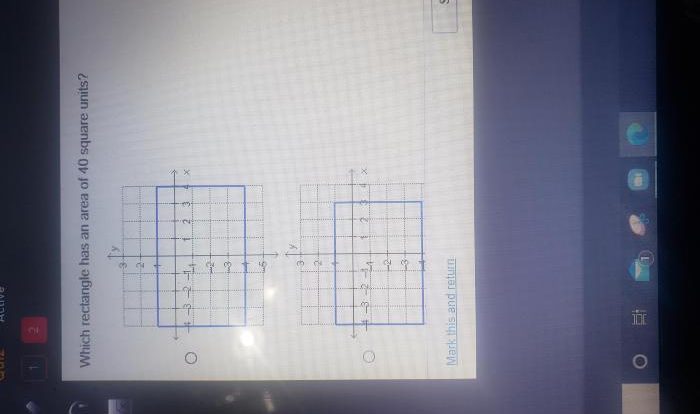Discovering geometry an investigative approach answers – Discovering geometry through an investigative approach answers the call for a dynamic and engaging geometry education, empowering students to actively explore and construct their understanding of geometric principles. This innovative approach places students at the heart of the learning process, fostering their natural curiosity and nurturing their ability to reason logically and creatively.
By delving into the fundamental concepts of geometry through hands-on investigations, students develop a deep and intuitive understanding of geometric relationships. This approach fosters a sense of ownership and empowers students to become active participants in their learning journey, transforming them from passive recipients of knowledge to active seekers of understanding.
1. Investigative Approach to Discovering Geometry
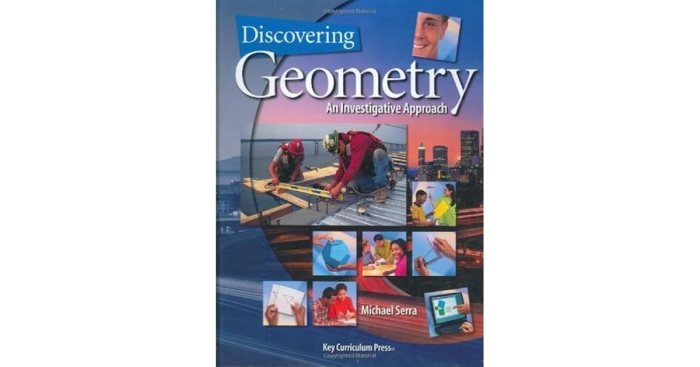
An investigative approach in geometry education emphasizes student-led exploration and discovery of geometric principles. Students engage in hands-on activities, experiments, and problem-solving tasks that allow them to construct their own understanding of geometric concepts.
Examples of investigations include:
- Using tangrams or geoboards to explore different shapes and their properties.
- Conducting experiments to investigate the relationship between angles and side lengths in triangles.
- Creating tessellations to understand the concept of symmetry.
Benefits of an investigative approach include:
- Promotes deeper understanding and retention of geometric concepts.
- Enhances problem-solving and critical thinking skills.
- Fosters collaboration and communication among students.
2. Key Concepts in Discovering Geometry
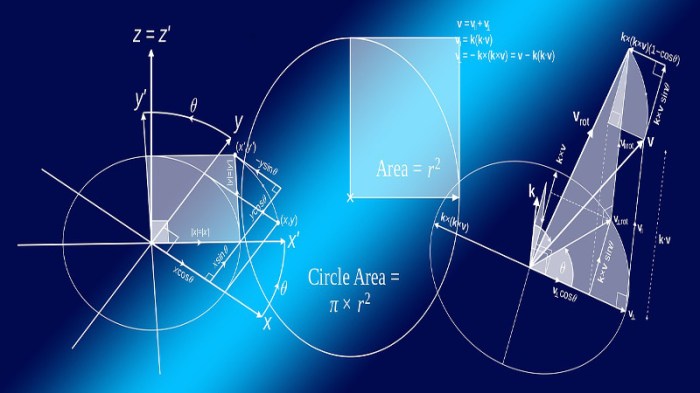
Fundamental concepts in geometry include:
- Shapes and their properties (e.g., triangles, squares, circles)
- Angles and their measurement
- Area and perimeter
- Volume and surface area
- Transformations (e.g., translations, rotations, reflections)
These concepts are interconnected and build upon each other. For example, understanding angles is essential for understanding the properties of triangles, and understanding area and perimeter is necessary for understanding volume and surface area.
Activities and experiments that can help students understand these concepts include:
- Measuring and classifying different shapes
- Using protractors to measure angles
- Calculating the area and perimeter of rectangles and triangles
- Building models to understand volume and surface area
- Exploring transformations using manipulatives or technology
3. Strategies for Discovering Geometry
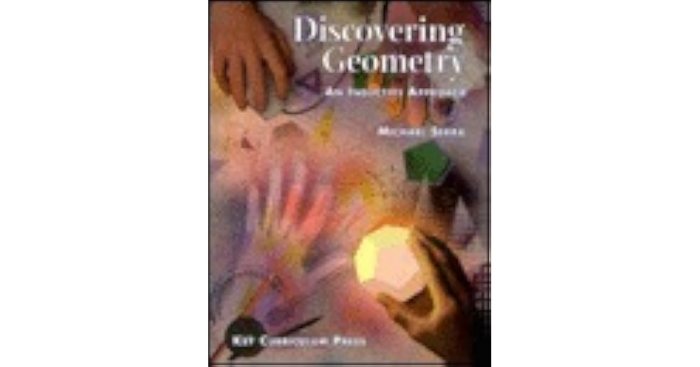
Effective strategies for guiding students in their geometric investigations include:
- Questioning:Asking open-ended questions that encourage students to think critically and explore different perspectives.
- Experimentation:Providing opportunities for students to conduct hands-on experiments and collect data.
- Collaboration:Encouraging students to work together to solve problems and share ideas.
It is important to scaffold instruction and provide support for students at different levels. This can include providing concrete manipulatives, using visual representations, and offering differentiated tasks.
4. Applications of Discovered Geometry
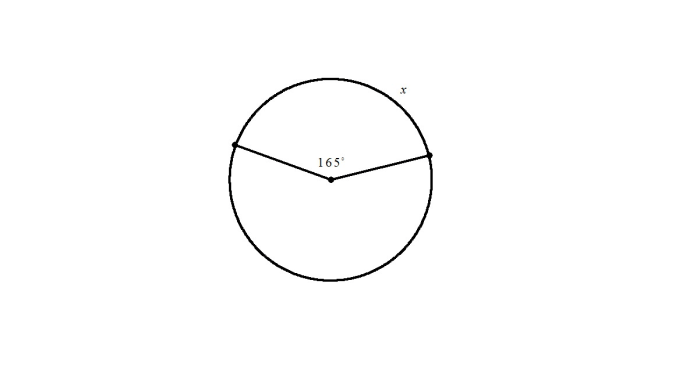
The geometry that students discover through investigation can be applied to various real-world situations, including:
- Architecture:Designing and constructing buildings and structures.
- Engineering:Designing bridges, roads, and other infrastructure.
- Art:Creating sculptures, paintings, and other artistic works.
- Everyday life:Understanding the shapes and patterns found in the natural world and human-made objects.
Connecting geometric concepts to students’ everyday experiences makes learning more meaningful and engaging.
5. Assessment and Evaluation
Different assessment strategies can be used to evaluate students’ understanding of discovered geometry:
| Formative Assessment | Summative Assessment |
|---|---|
|
|
Specific assessment tasks include:
- Asking students to explain their reasoning behind a geometric construction.
- Having students create a geometric model to solve a real-world problem.
- Assessing students’ ability to apply geometric principles in a new context.
FAQ Summary: Discovering Geometry An Investigative Approach Answers
What are the benefits of using an investigative approach to teach geometry?
An investigative approach fosters student engagement, promotes deeper understanding, develops critical thinking skills, and enhances problem-solving abilities.
How can I implement an investigative approach in my geometry classroom?
Start by providing students with open-ended questions, encouraging them to explore geometric concepts through hands-on activities, and facilitating discussions that guide their investigations.
What are some common misconceptions about the investigative approach to geometry?
Some misconceptions include the belief that it is too time-consuming, that it is not suitable for all students, and that it lacks rigor. However, research has shown that the investigative approach can be effectively implemented in diverse classrooms and can lead to improved student outcomes.
